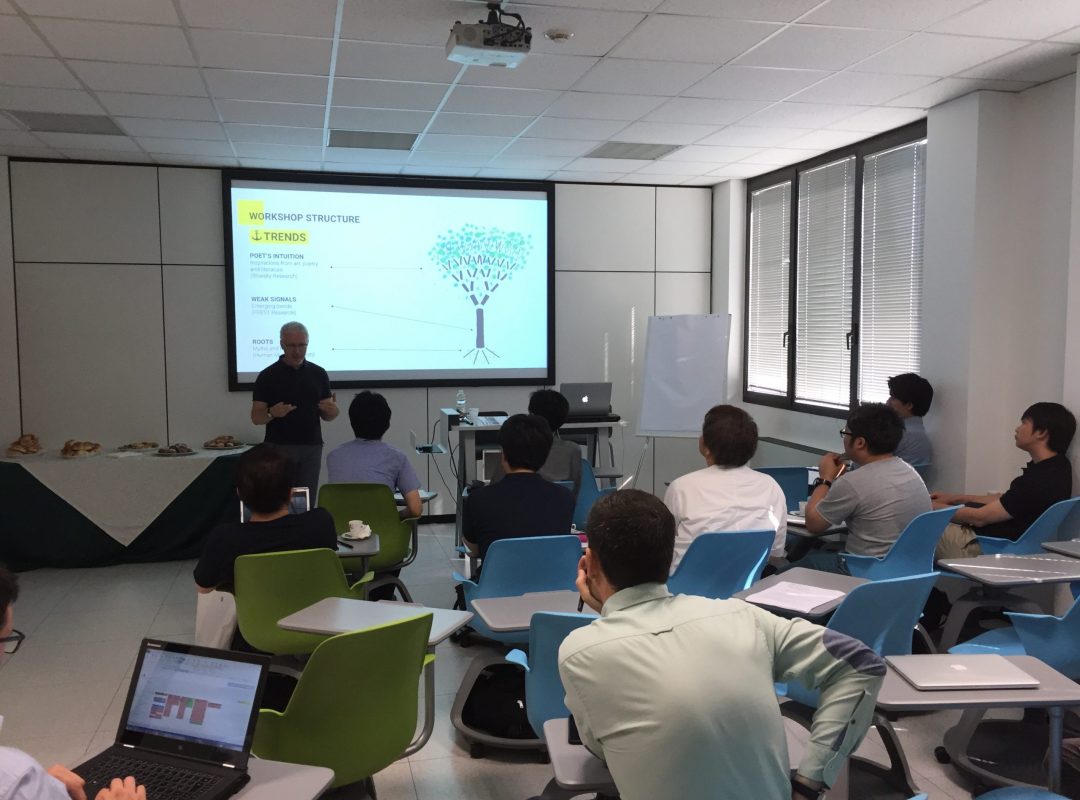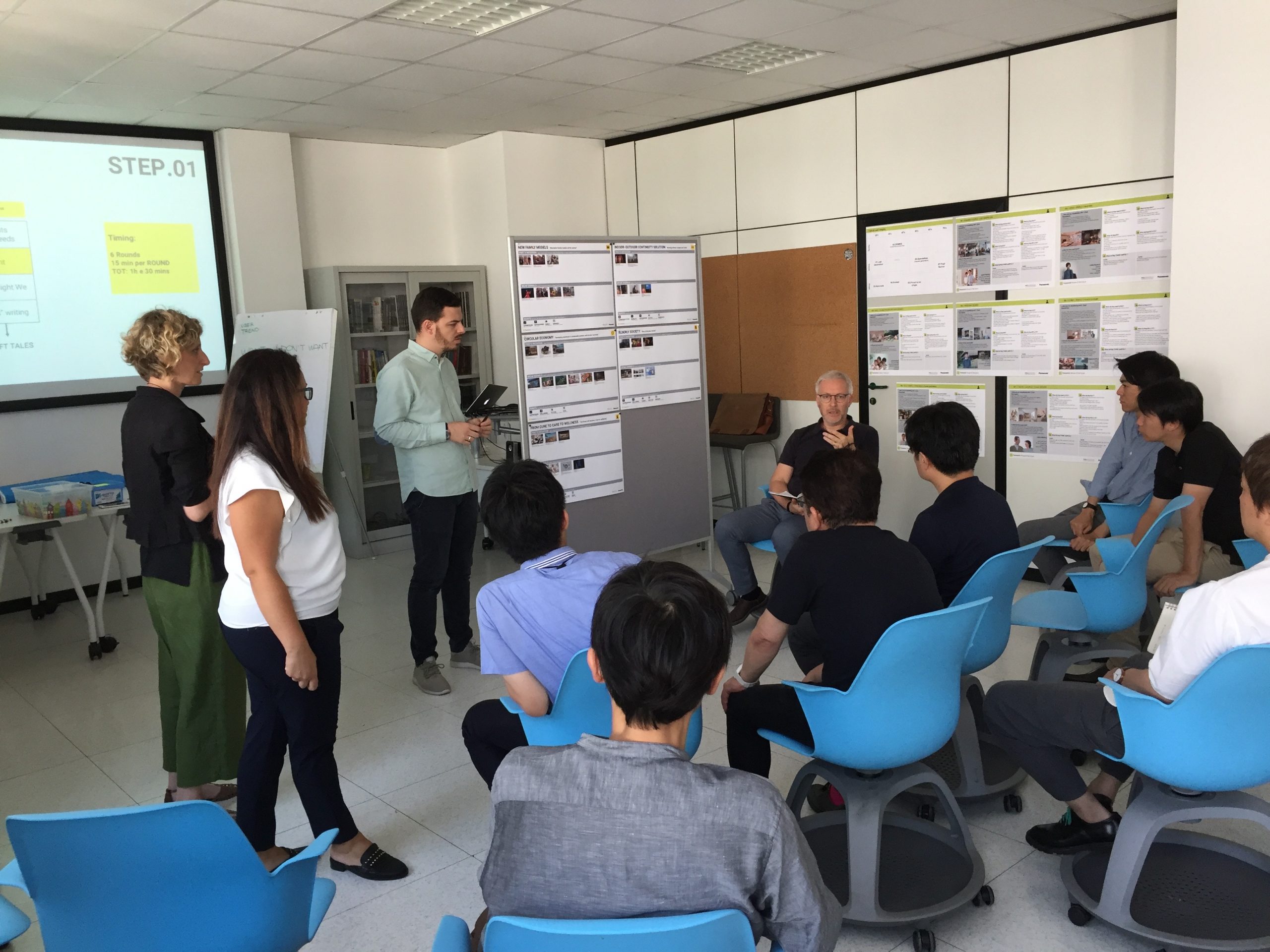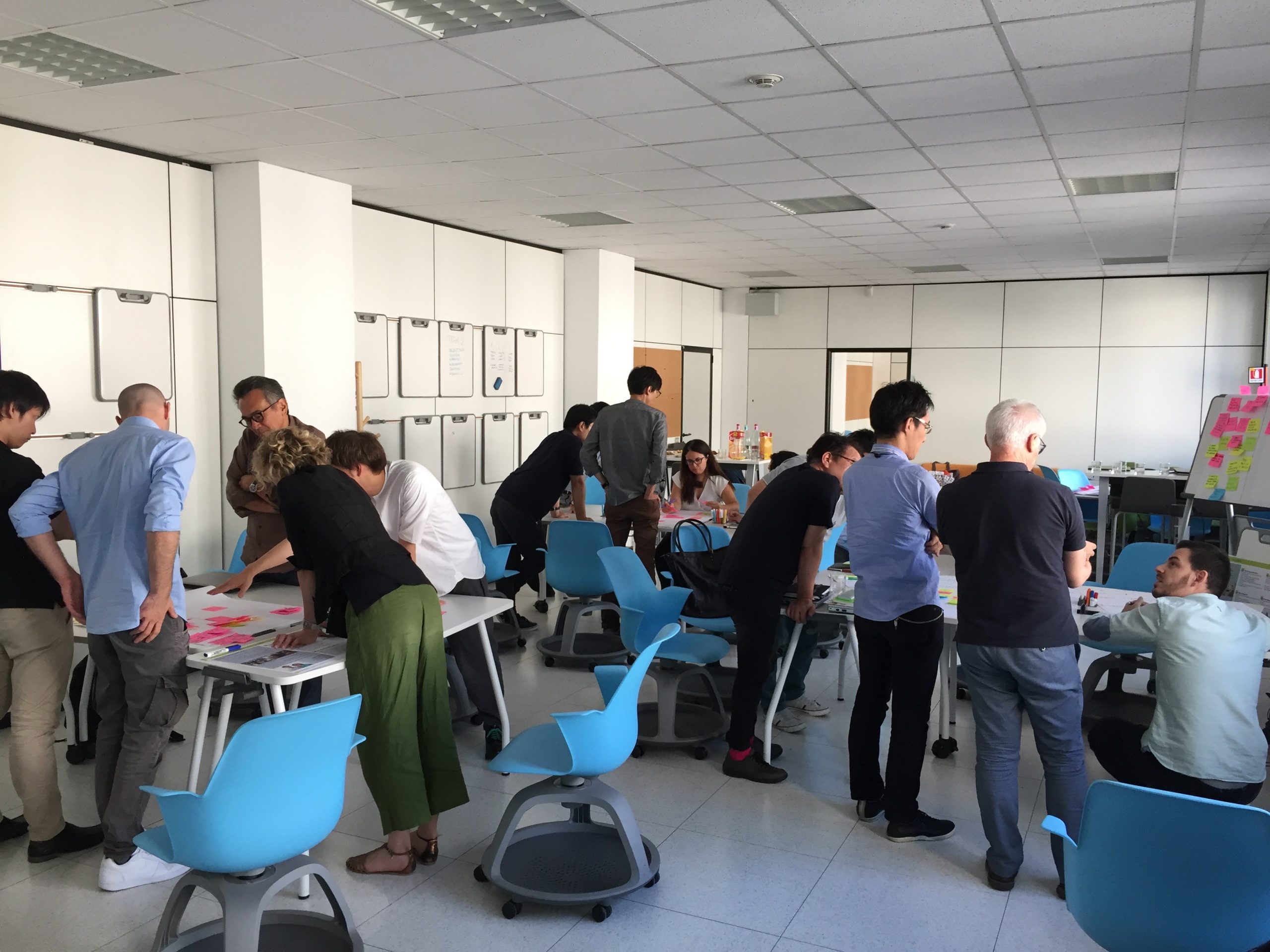The house has always had a central role in the life of the people, assuming different meanings influenced by culture, geography, and socio-technological trends. Nowadays, social and technological phenomena determine fundamental changes in how we all live and the meaning we attribute to the house. Therefore, for a company like Panasonic, it’s important to understand what the future vision of the house and the related needs of the people can be to offer solutions that meet them.
• Design in Organization
• Cross-Fertilization
• Strategic Design
• Envisioning


The project has two aims. The first one is to create a Panasonic original house vision for the next future (5/10 years), redefining the meanings of the domestic environment and therefore identifying design directions where the company can exploit its technological expertise in lighting, sound, and HVAC solution. The second one is to foster a design culture and the adoption of a design methodology within the company through the active involvement of the management team during the whole process.

